Cisco CEO Chuck Robbins On His Rebuilt Exec Team, Resurgent Markets
‘The reality is the shifts we've been making and architectures we've been building are resonating with our customers,’ says Cisco Systems Chairman and CEO Chuck Robbins.
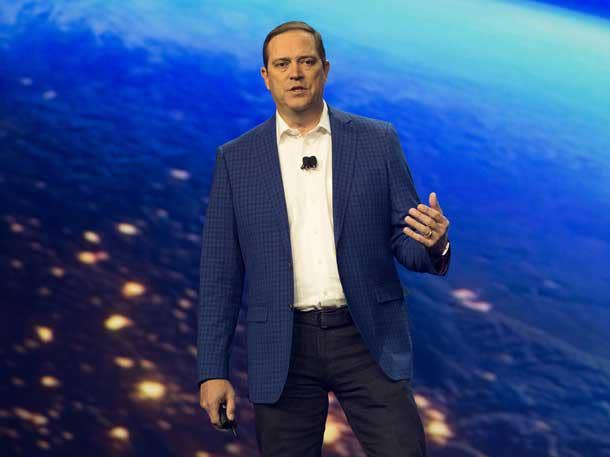
No Quarter
Just off another quarter of solid growth across the Cisco Systems portfolio, Chairman and CEO Chuck Robbins is again clarifying his vision for customers and partners as he pushes the company further toward a future where Cisco stands alone as a vendor of complete, flexible, programmable software and unified systems rather than simply networking gear.
"The reality is the shifts we've been making and architectures we've been building are resonating with our customers," Robbins told CRN in an interview at the San Jose, Calif., company's Partner Summit event in Las Vegas last week. "The technologies we announced this week are not technologies you have to go help customers figure out how they fit into this vision we have. They're just the next pieces that go into what our customers are buying into today. That's why I said I feel like we're at the beginning of a multi-year transition. Customers know where they need to be, and it's going to be a multi-year shift."
To get Cisco to this point, Robbins, who's been CEO since 2015, has shaken up the company's executive ranks. The changes he's made were in full force at the Partner Summit event, with new faces like Channel Chief Oliver Tuszik, Global Sales Chief Gerri Elliott and Chief Customer Experience Officer Maria Martinez all taking center stage while Robbins watched from San Jose, where he was presiding over the company's first quarter earnings call.
"We're incredibly aligned on what we're trying to accomplish," Robbins said of the leadership team. "Any one of us could almost stand on stage, and without the deep subject matter expertise in the function we're in, but at a high level tell the story about what we're trying to accomplish. It's a high-energy team with a healthy level of impatience."
Security is perhaps the cornerstone of Cisco's new, unified strategy, and Robbins detailed the ways in which the company will provide security in a seamless fashion as it accelerates in high-growth areas like SD-WAN and intent-based networking.
What follows is an edited excerpt of Robbins' conversation with CRN.
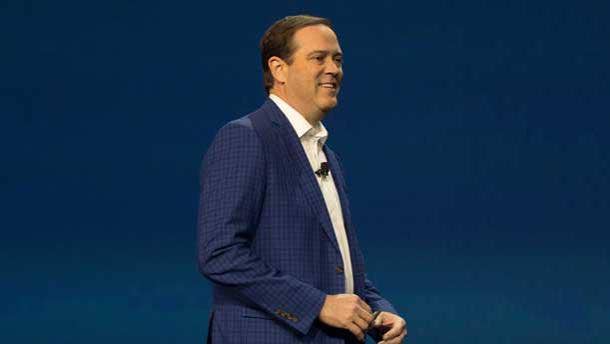
You and your executive team appear to be taking a long view of the market and Cisco's place in it. At the same time, you announced solid Q1 earnings. What's working for Cisco right now?
Right now, everything is. We had broad-based strength across our product portfolio. Every product category grew with the exception of SP Video, which we just closed the sale of. Every customer segment grew: Enterprise 15 percent; public sector 8 percent; commercial 8 percent; service provider 2 percent, all from an orders perspective. Our geographies were all up. Asia was up 12 percent; the Americas were up 8 percent; Europe was up 6 percent; even emerging countries were up 16 percent. It was one of those quarters where everything came together pretty well. There's also a macro-economic tailwind to some extent. There's also been a little uncertainty over the last 60-90 days. It feels like we executed really well. The reality is the shifts we've been making and architectures we've been building are resonating with our customers. The technologies we announced this week are not technologies you have to go help customers figure out how they fit into this vision we have. They're just the next pieces that go into what our customers are buying into today. That's why I said I feel like we're at the beginning of a multi-year transition. Customers know where they need to be, and it's going to be a multi-year shift.
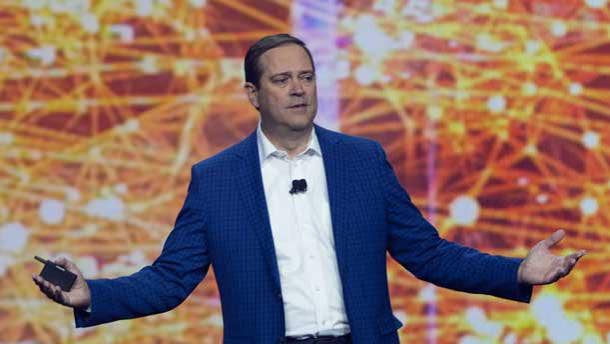
Do you feel like your leadership team is where you want it to be right now?
They're incredibly good. It was funny sitting back in San Jose and watching all these presentations from afar. It's the first time I've ever had to do that. I had a huge sense of pride because on one hand, they didn't need me. They were taking it. We're incredibly aligned on what we're trying to accomplish. Any one of us could almost stand on stage, and without the deep subject matter expertise in the function we're in, but at a high level tell the story about what we're trying to accomplish. It's a high-energy team with a healthy level of impatience and a team that is very diverse, and I don't just mean from a gender perspective, it's from an experience perspective and how they come at things, how they think about issues. That's helping us think more holistically about how we attack opportunities and solve problems.
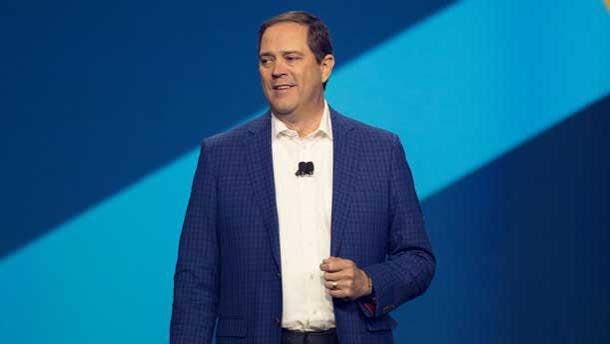
Given the economic tailwinds you mentioned, how likely is Cisco to make a major acquisition in the next year or two?
Our M&A strategy isn't really impacted by the economy. In fact, you could argue that a tougher economy is a better time to do a deal. We have strength. We have financial strength and that financial strength shows up as a differentiator and has a greater impact when there's a tough market. We look for assets that fit within our strategy, that fit within our financial model and that we think are fairly prices. We'll make those moves whenever we need to.
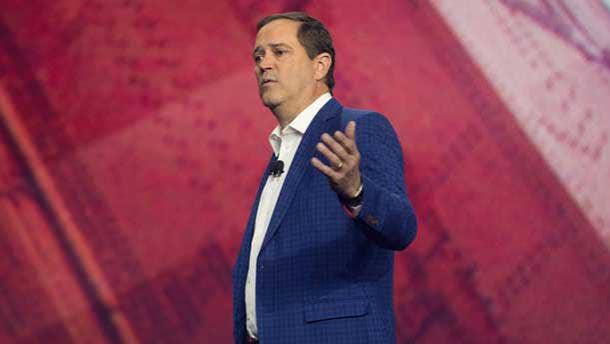
Do you think Cisco has revitalized its security strategy? Do you feel like your security strategy gives you an advantage over competitors?
We've been building a security architecture that we believe is reflective of what our customers are going to need in the future. It's been hard for people, analysts, customers, partners, etc., to understand where we were going. The reality is that in this world our customers are facing, the old way of building security architectures doesn't work anymore. That was based on the premise that you had a single ingress-egress and just put a big firewall there. The reality is in this world where you have requests originating from the edge of the network, from the branch, from the mobile user, and those requests are accessing applications sitting in 150-200 different places. How do you put firewalls in the right place? You have to build a dynamic architecture that's completely integrated with the network, that has this cloud-state machine that we've built that allows us to ingest threats and then dynamically update signatures across every piece of security in the network. We've been building this for several years. That's why I think in 2019 clarity matters. It's going to become clear that this is the architecture. When you look at the requirements to be able to do security across these domains and to do automation across domains that's why you're seeing partnerships being attempted by companies. They come to realize the customers is going to want us to connect these things. That's why there's SD-WAN players trying to integrate with Zscaler. We've been building an architecture, and partners and customers are realizing value from it. In 2019 it's just going to continue to become clear that it's the architecture of the future. We're going to find many of our competitors don't have all the pieces they need to pull it off.